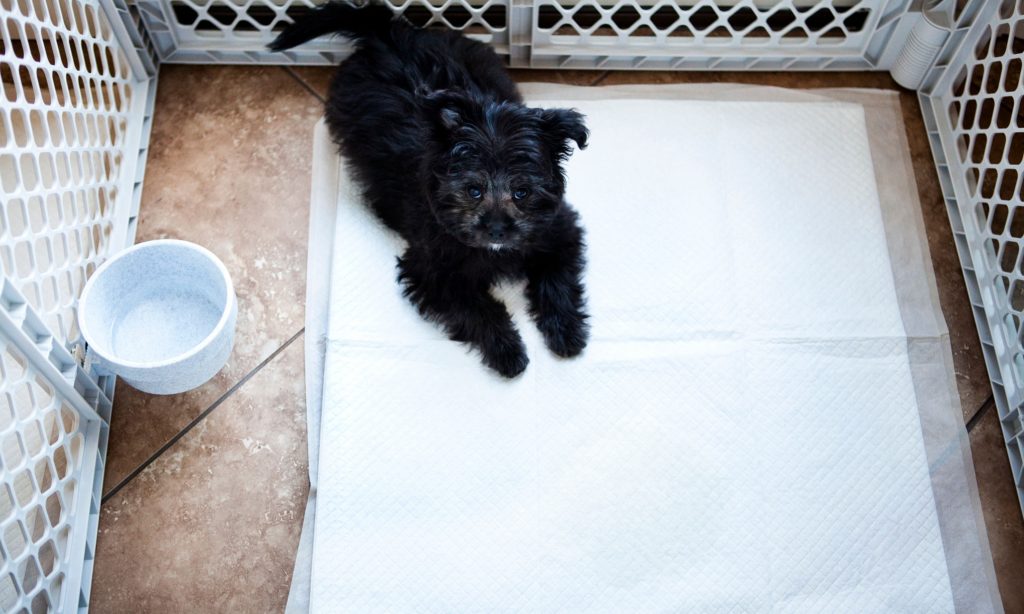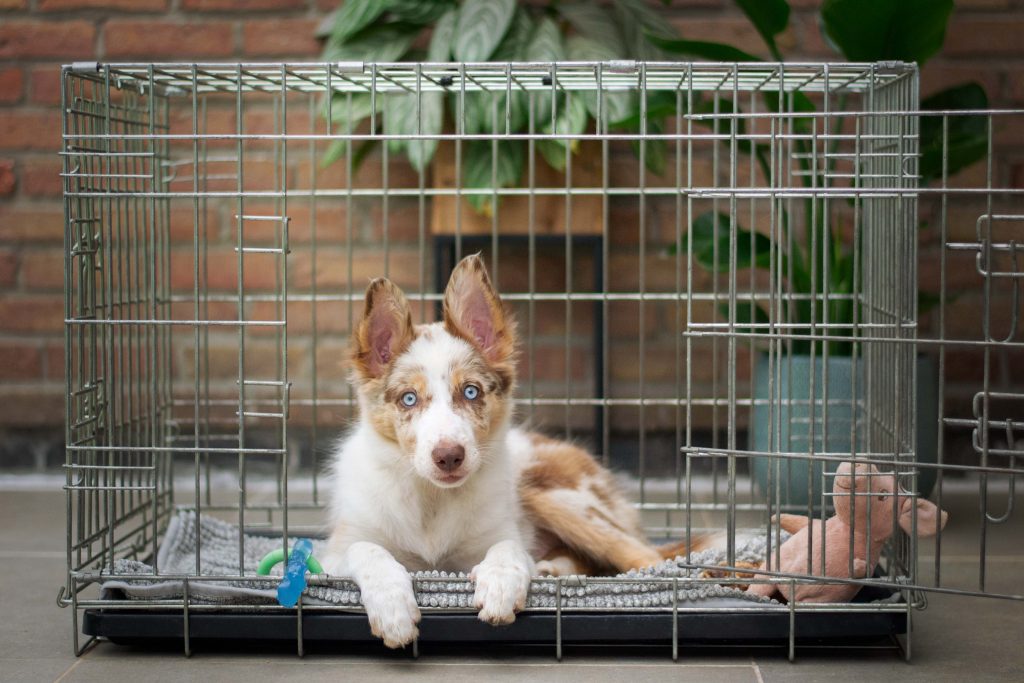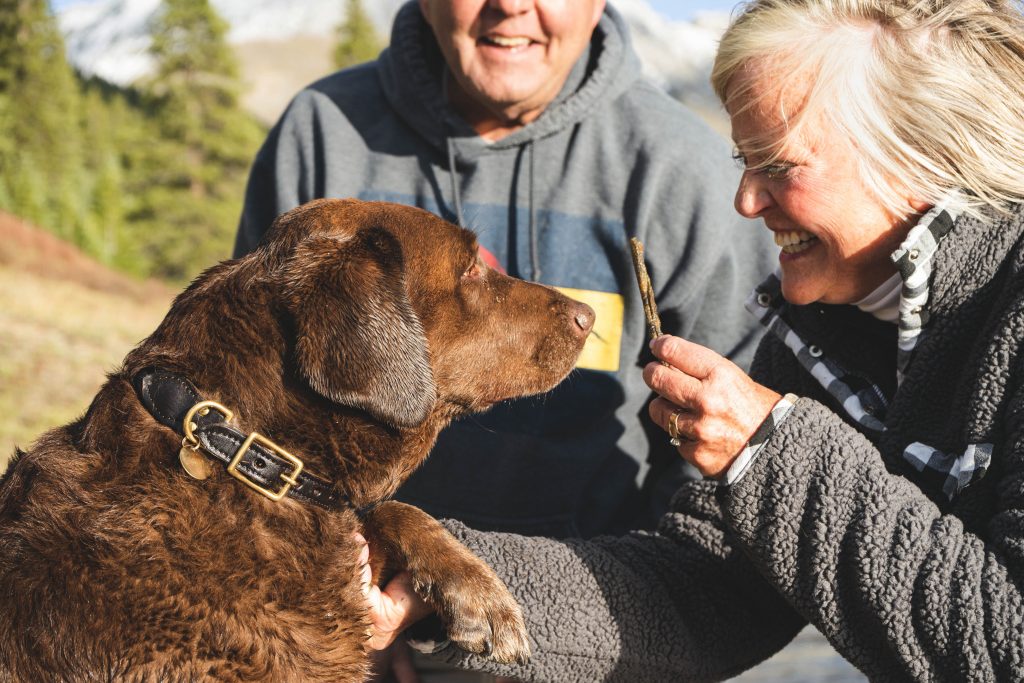This post aims to educate new dog parents on the process of potty training their puppies and provide them with a step-by-step guide for success.

Potty training your new puppy can be a daunting task, but with patience, consistency, and the right techniques, it can be done successfully. As a new dog parent, it’s important to understand that potty training is a process and accidents will happen. However, with the right approach, you can minimize accidents and have your puppy fully potty trained in no time.
1. Consistent potty schedule
The first step in potty training your puppy is to establish a consistent potty schedule. This means taking your puppy outside to the designated potty area at the same times every day. It’s important to take them out first thing in the morning, after eating or drinking, after playing and after naps. This will help your puppy learn when it’s appropriate to go potty and will make it easier for them to hold it in between potty breaks.
2. Crate Training
Another important aspect of potty training is crate training. A crate is a great tool for potty training because it helps to keep your puppy in a designated area, which makes it easier for you to supervise them and take them out for potty breaks. When you can’t supervise your puppy, it’s important to keep them in their crate, so they don’t have the opportunity to have accidents.
3. Positive Reinforcement
In addition to a consistent potty schedule and crate training, it’s also important to use positive reinforcement when potty training your puppy. This means rewarding your puppy with treats and praise when they go potty in the designated area. This will help your puppy understand that going potty outside is a good thing, and will encourage them to continue doing so.
4. Puppy training pads
Puppy training pads can also be a useful tool for potty training. These pads are placed in a designated area of your home, such as a laundry room or mudroom, and can be used as a temporary potty spot for your puppy while they are being trained. It’s important to note that training pads should not be used as a permanent solution, as they can delay the process of potty training.

It’s also important to be prepared for setbacks and accidents. As your puppy learns and grows, they may have accidents, and it’s important not to get frustrated and to remain patient. Instead, focus on praising your puppy when they go potty in the designated area, and calmly redirect them to the appropriate spot when accidents happen.
Conclusion:
Potty training your new puppy can be a challenging process but with consistency, patience, and the right techniques, it can be done successfully. To learn more about potty training methods and techniques, or if you have any questions about potty training your new puppy, feel free to visit our website and chat with us. We would be happy to help!

Frequently Asked Questions:
What is the first step in potty training my puppy?
The first step in potty training your puppy is to establish a consistent potty schedule. This means taking your puppy outside to the designated potty area at the same times every day, such as first thing in the morning, after eating or drinking, after playing and after naps. This will help your puppy learn when it’s appropriate to go potty and make it easier for them to hold it in between potty breaks.
How can crate training help with potty training?
Crate training can help with potty training because it keeps your puppy in a designated area, which makes it easier for you to supervise them and take them out for potty breaks. When you can’t supervise your puppy, it’s important to keep them in their crate so they don’t have the opportunity to have accidents.
How can I use positive reinforcement during potty training?
To use positive reinforcement during potty training, you should reward your puppy with treats and praise when they go potty in the designated area. This will help your puppy understand that going potty outside is a good thing and will encourage them to continue doing so.
Are puppy training pads a good tool for potty training?
Puppy training pads can be a useful tool for potty training, but they should not be used as a permanent solution. Training pads can be placed in a designated area of your home, such as a laundry room or mudroom, and can be used as a temporary potty spot for your puppy while they are being trained. But it’s important to note that using them for too long can delay the process of potty training.
What should I do when my puppy has accidents during potty training?
Accidents will happen during potty training, and it’s important not to get frustrated and remain patient. Instead, focus on praising your puppy when they go potty in the designated area, and calmly redirect them to the appropriate spot when accidents happen. If you have any questions or concerns during potty training, feel free to visit our website and chat with us. We would be happy to help.



